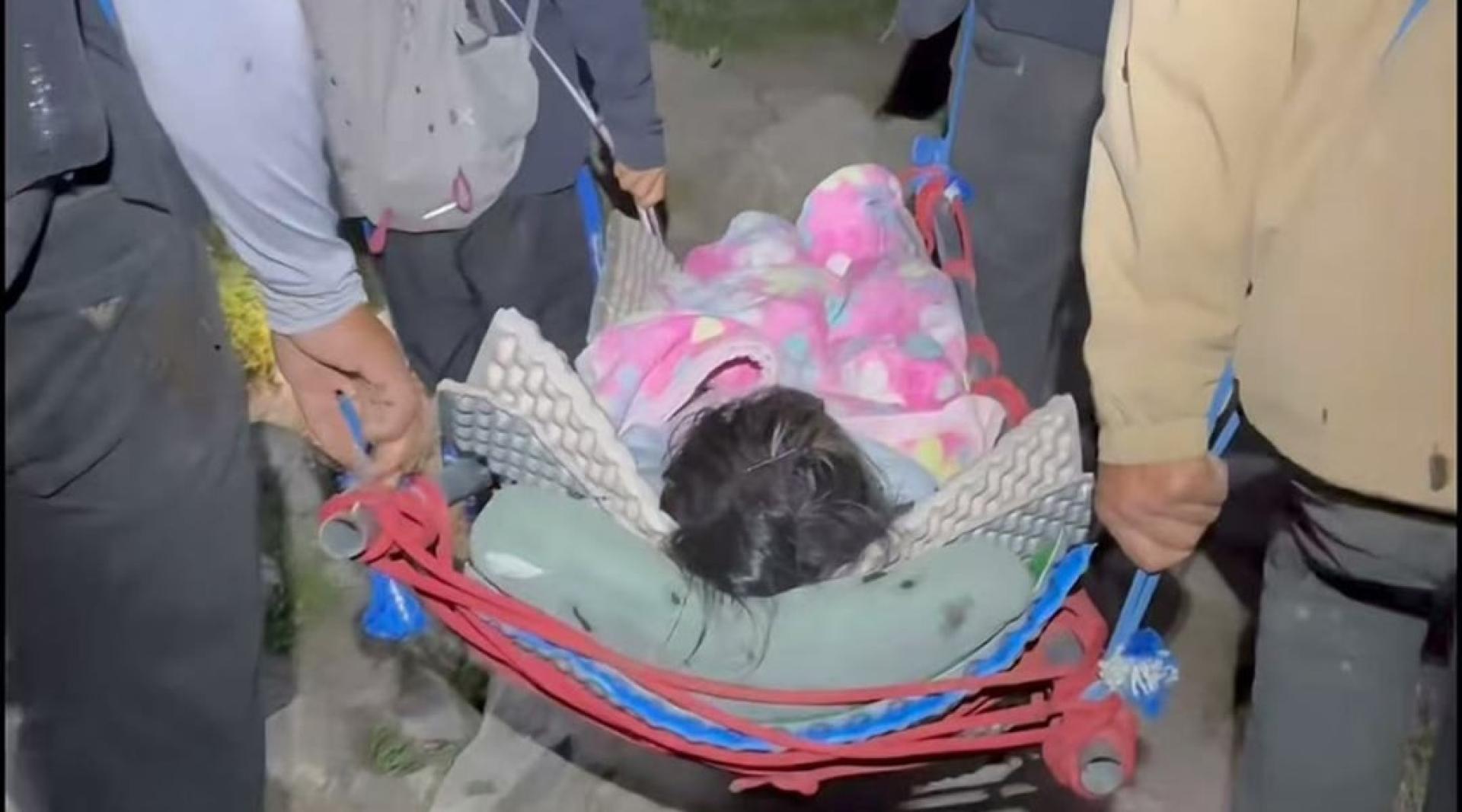A female “lvyouw” (hiker) from China was hit by falling rocks while climbing Luduo Manin Snow Mountain in Sichuan province earlier this month, resulting in a comminuted fracture of her toe and a broken femur. She later spent 60,000 RMB (about 35,300 MYR) to hire 10 Tibetans to carry her down the mountain, an incident that stirred discussion online.
After her injury, the female hiker was trapped in a ravine at an altitude of over 4,000 meters. Her companions tried and failed to carry her down the mountain. It was then that she remembered some Tibetans she’d met before the climb and sought their help. The 10 Tibetan locals then brought a simple stretcher, and in extreme conditions of high-altitude hypoxia, cliffs, and continuous rockfalls, took turns carrying her for 12 hours to bring her to safety.
The hiker later revealed that it was initially agreed that six people would carry her down, at 10,000 yuan per person. In reality, 10 people participated, but the final payment was settled as previously agreed, and they did not raise the price. The hiker stated: "This was the fastest rescue time I could secure with my own efforts. I’m truly grateful for their life-risking rescue."
Public Debates Whether the Fee Was Reasonable
Regarding whether the 60,000 yuan fee was reasonable, most netizens believe that paying for a safe descent and a chance to get to the hospital quickly was not expensive. "Spending money to save a life is worth it."
Some commenters noted that a non-professional team risking a rescue in harsh conditions (hypoxia, falling rocks, steep cliffs) consumes tremendous energy, carrying the stretcher for 12 consecutive hours—something ordinary people could hardly endure. According to risk cost calculations, the Tibetans’ average hourly wage was about 500 yuan, lower than miners or workers in similar risk professions. Compared to Everest rescues (around 40,000 yuan each), the fee was within a reasonable range.
A minority questioned that folk rescue efforts lack pricing norms and are prone to controversy. Some comments also mentioned that the injured person did not carry a satellite phone or buy specialized rescue insurance, indicating insufficient awareness of self-protection.
